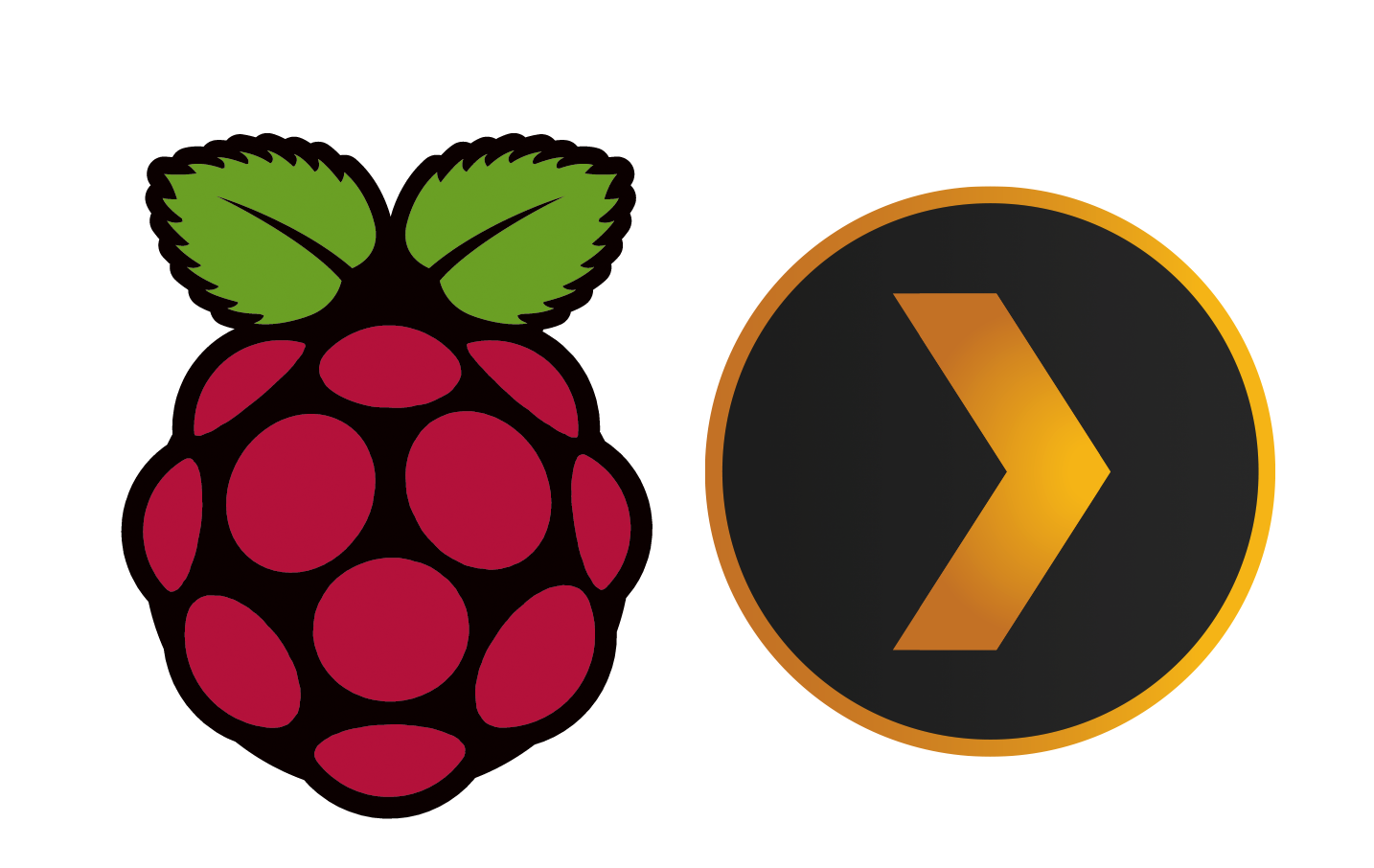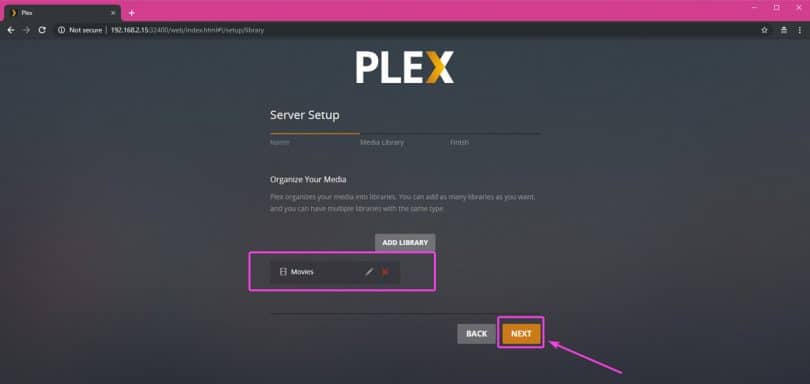


Set your “Hostname” to something cool like “RASNAS”.Here are a few:įollow my guide How to install and configure Raspberry Pi OS with the following settings: Best to choose one that has a slot for an SSD/M.2 drive. There are a lot of options when it comes to a case for your NAS (or you can choose not to use a case). Stick with known brands like SanDisk, Kingston, Samsung etc. You can buy USB2.0 flash drives for this guide if you’re using a Pi 3, or USB3.0 drives if you’re using a Raspberry Pi 4 (which has 2 USB3.0 ports). I recommend using USB3.0 external case with an SSD or M.2 drive and case (or you can buy them assembled). You’ll need a good quality micro- USB power supply ( RPi 4 Power Supply or RPi 3 Power Supply). I recommend either a Raspberry Pi 3 or Raspberry Pi 4 with as much RAM as you can afford (I’m using a RPi 4 with 4GB RAM in this guide). If you want to learn how to build RAID arrays (including on Raspberry Pi), I have created a dedicated page Linux RAID Arrays using mdadm. This is an intermediate guide and supersedes my previous guide “Build a Raspberry Pi RAID NAS server” which has been retired. Today I’ll show you how to build a Raspberry Pi 3/4 NAS server using either a USB flash drive or external SSD/M.2 drive and OpenMediaVault. If you need to record a TV show, connect a USB TV card and hard disk drive.See how Malwarebytes protects your devices, data, and privacy from hackers and scammers. A smart TV should be able to pull news and weather data and present it to you when you switch on the television. Otherwise, an infrared, Bluetooth, or wireless remote control can be setup, with a companion USB dongle connected to the Pi.

Kodi can be set up with a client app on your smartphone to control the software remotely. The Chromium browser for the Raspberry Pi can play the Netflix library, or you can install a Kodi add-on for Netflix. Video streaming from online sites like Netflix and YouTube.On the Raspberry Pi, you should have a USB port spare to do the same. This is possible via a USB port on smart TVs. The ability to play media from a USB storage device or external HDD.Your Raspberry Pi can substitute the functionality of a smart TV, making a so-called dumb TV into a smart TV. Before getting down to the "how," consider the "what."


 0 kommentar(er)
0 kommentar(er)
